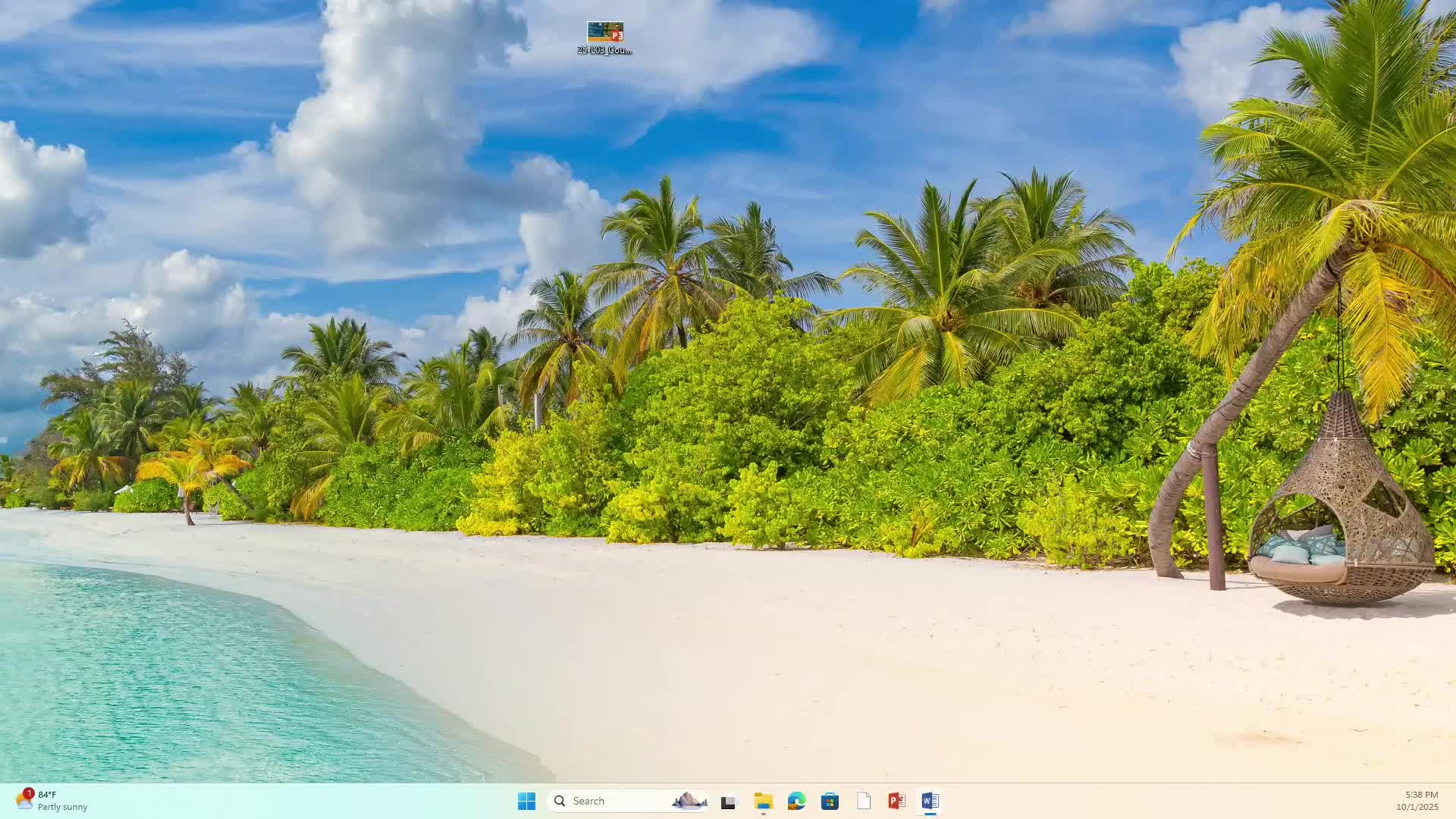LDRC adopts agricultural‑use amendments to allow larger aircraft hangars and reflect Florida solar siting law
October 01, 2025 | Marion County, Florida
This article was created by AI summarizing key points discussed. AI makes mistakes, so for full details and context, please refer to the video of the full meeting. Please report any errors so we can fix them. Report an error »

The Marion County Land Development Regulation Commission approved revisions to Section 4.2.2 of the Land Development Code that adjust agricultural‑use rules to accommodate two specific changes: permitting larger accessory aircraft hangars in approved flying communities and updating standards for large solar energy facilities in line with recent Florida statutory requirements.
The commission voted to approve the proposal on a motion with no public opposition during the hearing. Staff presented the proposed language, saying it followed prior LDRC workshops and was intended to reflect both statutory changes and practical considerations in rural and agricultural zoning classifications.
Why it matters: The amendments allow accessory aircraft hangars in approved ‘‘flying communities’’ to be taller than typical accessory structures — up to 50 feet — to accommodate varying aircraft sizes. Staff said the change is limited to hangars intended to accommodate aircraft and applies where flying‑community approvals already exist. The code also now explicitly provides for solar energy facilities in agricultural zoning classes and incorporates setback and siting provisions to align the county code with a recent Florida statutory requirement regarding solar facility siting.
Details and discussion: Chris Rising, Growth Services staff, told the commission the hangar height increase responds to the particular operational needs of flying communities and that the solar provisions reflect a statutory requirement recently enacted at the state level. Commissioners had no substantive objections and no members of the public rose to comment during that item. After the public portion was opened and no speakers appeared, a motion to approve the item carried on a voice vote.
Next steps: With LDRC approval, the amendment will move to the Board of County Commissioners as part of the standard code‑amendment process. Staff noted the solar‑facility language had been through earlier LDRC workshops and that the current text codifies the county’s approach consistent with Florida law.
Provenance: Staff introduced item 2.3 and the commission voted to approve after opening and closing public comment with no speakers.
The commission voted to approve the proposal on a motion with no public opposition during the hearing. Staff presented the proposed language, saying it followed prior LDRC workshops and was intended to reflect both statutory changes and practical considerations in rural and agricultural zoning classifications.
Why it matters: The amendments allow accessory aircraft hangars in approved ‘‘flying communities’’ to be taller than typical accessory structures — up to 50 feet — to accommodate varying aircraft sizes. Staff said the change is limited to hangars intended to accommodate aircraft and applies where flying‑community approvals already exist. The code also now explicitly provides for solar energy facilities in agricultural zoning classes and incorporates setback and siting provisions to align the county code with a recent Florida statutory requirement regarding solar facility siting.
Details and discussion: Chris Rising, Growth Services staff, told the commission the hangar height increase responds to the particular operational needs of flying communities and that the solar provisions reflect a statutory requirement recently enacted at the state level. Commissioners had no substantive objections and no members of the public rose to comment during that item. After the public portion was opened and no speakers appeared, a motion to approve the item carried on a voice vote.
Next steps: With LDRC approval, the amendment will move to the Board of County Commissioners as part of the standard code‑amendment process. Staff noted the solar‑facility language had been through earlier LDRC workshops and that the current text codifies the county’s approach consistent with Florida law.
Provenance: Staff introduced item 2.3 and the commission voted to approve after opening and closing public comment with no speakers.
View full meeting
This article is based on a recent meeting—watch the full video and explore the complete transcript for deeper insights into the discussion.
View full meeting